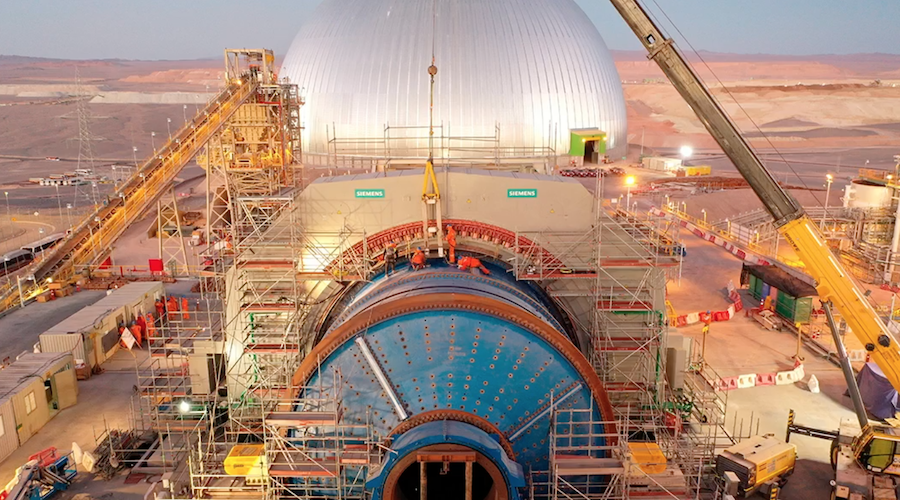BHP, the world's largest listed mining company, is undertaking a multi-billion-dollar investment in its Chilean copper mines to combat a looming global copper deficit. The company anticipates a significant production dip, with annual output projected to fall by approximately 300,000 tonnes to 1.6 million tonnes by the end of the decade. This decline is primarily attributed to a projected production slump at its flagship Escondida mine, expected to reach its nadir in 2025.
This challenge is not unique to BHP; other major copper producers are grappling with similar difficulties in boosting output from ageing mines. This coincides with a projected surge in global demand for copper, driven by the burgeoning electric vehicle (EV) industry and the expansion of data centres. BHP Americas president, Brandon Craig, highlighted the severity of the situation in a recent interview with Reuters, estimating a future copper deficit of approximately 10 million tonnes by 2035. He further estimated the cost of developing sufficient new mining capacity to meet this demand at a staggering $250 billion â nearly half of current global copper production (22.4 million tonnes in 2022).
To address the production shortfall at Escondida, BHP is investing heavily in expanding and upgrading its processing facilities. A key element of this strategy involves the adoption of leaching technologies to extract copper from sulphide ores, a departure from the more traditional oxide ore mining. The company's most substantial capital expenditure is anticipated around fiscal years 2030 and 2031, encompassing four projects at Escondida and three at the Pampa Norte division (including Spence and Cerro Colorado mines). These projects are slated for completion between 2027 and 2032.
BHP's ambitions extend beyond organic growth. Earlier this year, the company launched a £39 billion takeover bid for Anglo American, a move ultimately unsuccessful. However, BHP hasn't ruled out a renewed attempt. While acknowledging the potential for acquisitions, Craig emphasized the company's commitment to optimising its existing Chilean assets, stating that maximising the potential of Escondida, Spence, and Cerro Colorado remains a priority. The company aims to strategically phase the Chilean projects to ensure efficient execution.
The company also faces challenges beyond operational hurdles. BHP is actively lobbying the Chilean government to streamline permitting processes, citing significant delays that introduce substantial uncertainty. While an underground expansion of Escondida has been previously considered, Craig stated this option is currently unviable given prevailing copper prices, postponing its feasibility for at least a decade. Furthermore, BHP has shelved plans to sell Cerro Colorado, opting instead to explore a seawater leaching solution to address previous water usage concerns that led to its temporary closure last year.
The current three-month copper price on the London Metal Exchange, currently around $8,995 per metric tonne, sits approximately 20% below its 2024 peak in May, adding another layer of complexity to BHP's ambitious investment strategy. The company's substantial investment in its Chilean operations represents a high-stakes gamble, reflecting both the escalating global demand for copper and the significant challenges facing the mining industry in meeting that demand. The success of this strategy will be crucial in determining BHP's future and its role in addressing the looming global copper shortage.
Article
Business

BHP's Billions: A Chilean Copper Gamble to Tackle Global Shortages

